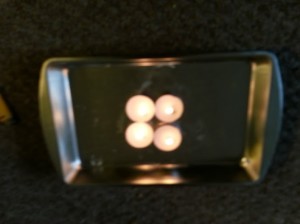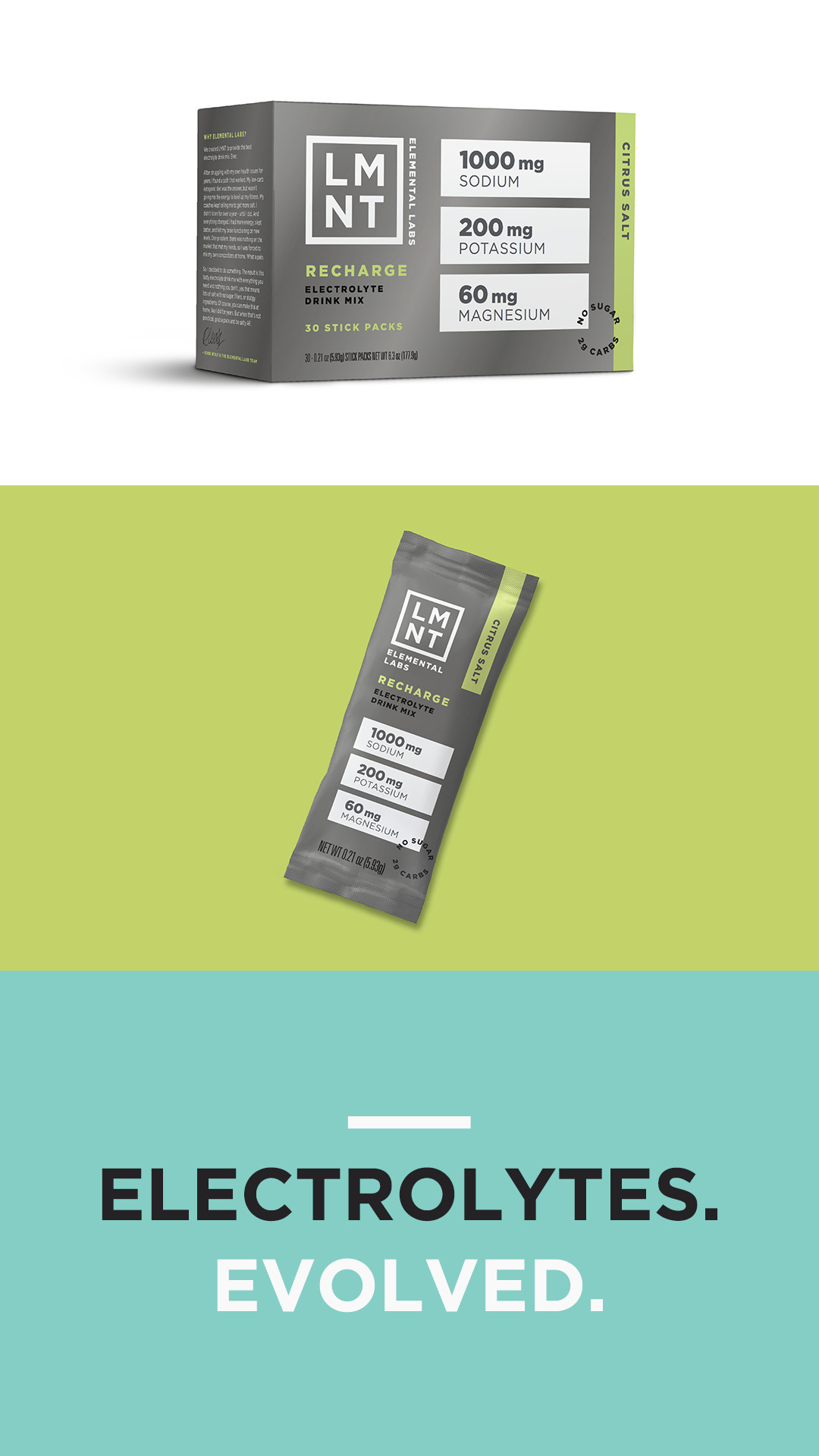Ceramic Flower Pot Heater
Ceramic Flower Pot Heater
There are a few videos going around the web on heating a room using a Ceramic Flower Pot Heater. Powered by nothing but tea lights. The British video has the presenter saying it costs him 8 pence a day to heat his room. I did the math for you and that comes to .13 cents usd. With claims like that this video is going pretty viral in the survival community. If it turns out to be legit this is a great backup and off grid heat source. I knew I had to put on mythbuster had and give it a go. I went to the store and got supplies and have been testing for over a week. Today I’ll share the result with you on whether it’s worth it.
The Concept
I concept here is that the air in the smaller flower pot will be heated and through convection heat the room coming out the bottom and the top hole. The hole in the bottom pot is covered to force it out the top one. The clay pots are also supposed to work as a thermal mass and radiate heat out. In another video the guy used a bolt to connect the two pots together. It makes moving them easier and the metal is supposed to help radiate heat. I tested four variations on the design, no holes covered, bottom hole covered, both covered and finally with the bolt.
Holes Covered
So I ran the Ceramic Flower Pot Heater first with no holes covered. This is only useful as a hand warmer. All the heat blows out the top in a jet of heat. The pots retain almost not heat and don’t radiate it out. Just using the tea lights alone would be better. Next I followed the British guys advice and covered the smaller hole. This time less heat came from the top hole and much more heat was put into the pots and it became hard to touch it after a few hours. However it had no real effect on the room temperature. I could not feel any heat holding my hands one inch from the pots. Next I covered both holes to try to dump more heat into the Ceramic Flower Pot Heater. I couldn’t really tell any difference. At this point I called it Myth Busted on this Ceramic Flower Pot Heater.
With Bolt
After being nagged by a coworker on needing to test the bolt design. I was ready to write the entire thing off but finally decided to put everything into this last version. I got a bolt, nuts and washers and spent an entire day testing the bolted Ceramic Flower Pot Heater. I had tea lights burning from the time I woke up till the time I went to bed. The bolt does absorb tons of heat and radiates it out. The clay pots became very hot and touching it was limited to less than a second. Holding my hand close to it I felt heat coming off it. The overall room temp though didn’t really change and was still pretty cold. I mean uncomfortable cold, and I like it cold in my apartment. Maybe in a smaller sized room that was very well insulated this Ceramic Flower Pot Heater would work. I am however stamping it myth busted. Do not bother with this it does not work. DO NOT RELY ON IT IN AN EMERGENCY! If you like to tinker and toy around maybe build one. I’m leaning more towards building a small rocket mass heater in my apartment and venting it out my window. It would be even cheaper and it proven technology.
Have you seen this? Are you thinking about building one? What do you use for backup heat? Let me know in the comments!
Also please enter our Reader appreciation contest and help spread the word about our blog. Looking for the best prices and best customer service in buying Silver and Gold online? Look no further than JM Bullion for all your precious metal needs!
Looking for the best prices and best customer service in buying Silver and Gold online? Look no further than JM Bullion for all your precious metal needs!
16 Replies to “Ceramic Flower Pot Heater”
Comments are closed.




















I agree this DIY Heater would only be good as a foot warmer in a large open room.
Saying that, let me say this, I’am thinking about putting this in a 1/2 bathroom in our house in case of a power outage this winter, for a supplemental heating source.
Let me know how it works in there. I’m thinking about picking up a buddy Burner. Proven and reliable
I have 2 Mr. Buddy Heaters and 20lb propane tanks for each. These are great heaters and will run you out of a 16’X16′ room. I have one in my work shop, and one in reserve for my “Bug In Room” in my house.
Thanks for the review. It saved me some time and money.
ah man wished it worked. Looks like Rocket mass heater is the way to go. I wanna make one.
Yeah this heater does not have enough mass not does it produce enough heat.
I’d be worried about toxic gases. It’s cold, so you’re probably going to seal up the room. Then you’re burning the cheapest tealight candle you can find, made out of who-knows-what. Cheap waxes give off small amounts of pollutants, which could cause a real problem in a small, non-ventilated space.
I like your mini rocket mass heater idea, vented out the window. It would also help to draw fresh air into the room, keeping you much healthier.
The tea lights definitely had a bad smell to them. I’d use a rendered tallow but I would rather cook with it. Also the design doesn’t work anyway.
Just wait it out until spring, if you can, and catch the kerosene heaters on clearance at your local stores. I picked one up – a NICE one, normally $129 – for a mere $38 this last spring.
You are all missing the real way this works. This works on Far-Infrared technology. Good luck finding info on it also. Far-infrared heating radiates the heat to warm things, including people. So you will have a room in which you and the things in there are warm, but if you test it with a thermometer to test the air temp it will seem a failure. It does work but not in the way most people are told through their science teachings.
@Deez, I honestly have no idea what you’re talking about. Far-Infrared heating isn’t a real thing, almost all radiant heating exists in the long wave infrared band (next to far-infrared band). Radiant heating is when you radiate the heat outward to warm the surface of objects, but not the air between the two objects. That’s why a thermometer won’t work (because the thermometer uses surrounding elements to determine temperature). You’ll need an infrared thermometer to see the surface temperature of an object. Survival Punk has it scientifically correct in his concept statement, with one addition- the metal bolt and the tin it sits on are heat conductors, so there is some energy lost there. It’s made up in the system by limiting air movement between the two pots. Saying “It does work but not in the way most people are told through their science teachings.” is wrong. It doesn’t work. Survival Punk said so, “The bolt does absorb tons of heat and radiates it out. The clay pots became very hot and touching it was limited to less than a second (radiation and conduction). Holding my hand close to it I felt heat coming off it. The overall room temp though didn’t really change and was still pretty cold (because he’s testing a radiant heater with the wrong tool). I mean uncomfortable cold, and I like it cold in my apartment (This means that the heater isn’t working, regardless of what the thermometer said or the science behind it implies).” From that statement, I get the gist that it’s still pretty cold. If the candle trick worked, it wouldn’t feel cold. Now, what I THINK you’re getting at is the radiant heat may warm the surface of objects, including him… then that is probably correct (that’s not ‘new technology’, Nikola Tesla figured that one out in 1893). I’ll even bet some objects near the “heater” were warmer to the touch. But without redoing the experiment and using an infrared thermometer and tagging everything over and over, there’s no way to know. But it doesn’t matter. Because his room is still cold. Because the heater didn’t work. It didn’t make the room “warmer”.
@Survival Punk, In order to make this work more efficiently and work like a contraflow masonry stove, you would have to switch the metal tin you rested it on with another object with low conductivity and high emissivity (unglazed earthenware has an emissivity of roughly .93 whereas your aluminum/alloy tin pan is somewhere between .02 and .2–losing a lot of radiant heat potential), place the tea candles inside of the small pot and force the air upward (a small hole in the basin will provide enough air to keep the candles lit, but will not provide you a way to easily replace them), another larger pot with a low conductivity and high emissivity with the opening at the top. That will channel the most radiant heating possible in an open system, and provide you with the most radiant heating possible. Again, this will increase the surface temperatures of other objects in the room, including yourself, but will not make the thermometer rise as you would expect. For more information about emissivity of objects at “room temperature of 70 degrees F”, go here: http://www.omega.com/literature/transactions/volume1/emissivityb.html For more information about a contraflow masonry stove heater, go here: http://i.stack.imgur.com/GCUy2.jpg
You can find more information on the calculations for this at http://skeptics.stackexchange.com/questions/18338/is-this-tealight-flowerpot-heater-more-efficient-than-just-tealights They did an excellent job of breaking down most of the science behind the experiment that Survival Punk did. I prefer a hands-on approach myself, but the science is already proven so napkin math can be fairly accurate. cheers.
I disagree with your testing. I put my own version of this in my living room last winter, using only one flower pot, 4 tea lights, and a tin pie pan with holes punched in the side to allow airflow (without the holes, the candles go out). The flower pot sits just inside the lip of the pie pan, so I wasn’t worried about balancing the flower pot across the top of a loaf pan. I set it on a plant stand in an area that a draft from the front door often cooled the room to a point where it’s uncomfortable in the winter. Not only did it make the room warmer and more comfortable, but it reduced my heating bill by about $50 per month. It definitely worked for me. BTW, I also placed scented wax in the center of the tea lights, and as it melted it made a nice scent in the room. I told a friend about it; he made one for his living room and had similar results.
Maybe you’re looking at this as replacing other heat sources, however, I used it as an additional heat source. It maintained a constant 72 degrees in the room without having the furnace kick in. I used 4 candles, twice each day, and didn’t use it during the night when sleeping in a cooler room is comfortable. You definitely know it’s working when the candles burn out without you noticing it, and before long you’ll feel a drop in the room temperature.
I agree with SPrice. I also use one for supplementary heat. Central heating on for an hour or so, then the candle heater is sufficient for the rest of the day.
1) Two flower pots
2) First hole (internal) covered, the other open/uncovered.
3) Three candle version
4) Placed on the floor.
5) Whole thing standing on a plate from a microwave oven, the pots on little struts.
Using it on the floor means the coldest air is drawn in and warmed, creating a soft jet of warm air rising through the outer hole.
If it’s placed too high up in the room, you’re just heating the top of the room, which you get no benefit from. I can also tell when the candles have burned out from the lowering temperature.
For larger rooms, just use more.
I also use one in a casement window, behind the curtains. It dries up the condensation using 1 tea light, which so means there’s no cold air coming in from the window.
Despite what someone has said about the science of this idea, I have used a version of this in RVs while camping—on the Plains of the US, in the Rockies and on the high desert for more than 30 years. Perhaps one reason it works for me is, I don’t use tea light candles. I’m a throwback. I make my own Girl Scout buddy burners. I know, the Boy Scouts used to make them too, but I was a Girl Scout. 🙂 I used to use paraffin wax but now I’ve gone back to using lard, tallow and even beeswax, or sometimes I even use spent cooking oil. Since I also make my own wicks, I don’t have problems with sputtering either. So while some may look for alternatives, until I find something which keeps me warmer w/o a lot of fuss. I stick with these. BTW: I have 3 sizes according to the situation and I live in an all electric home.